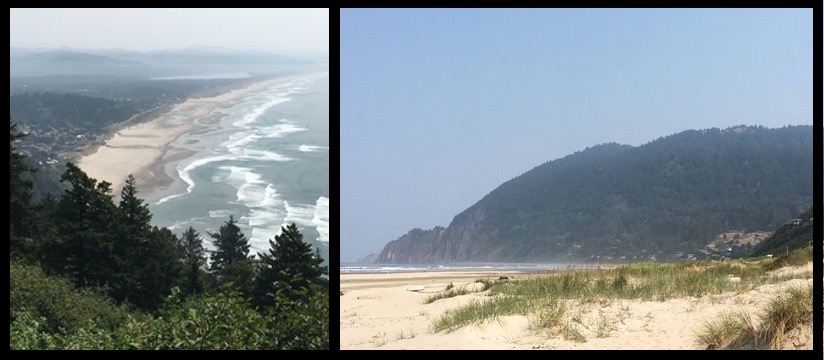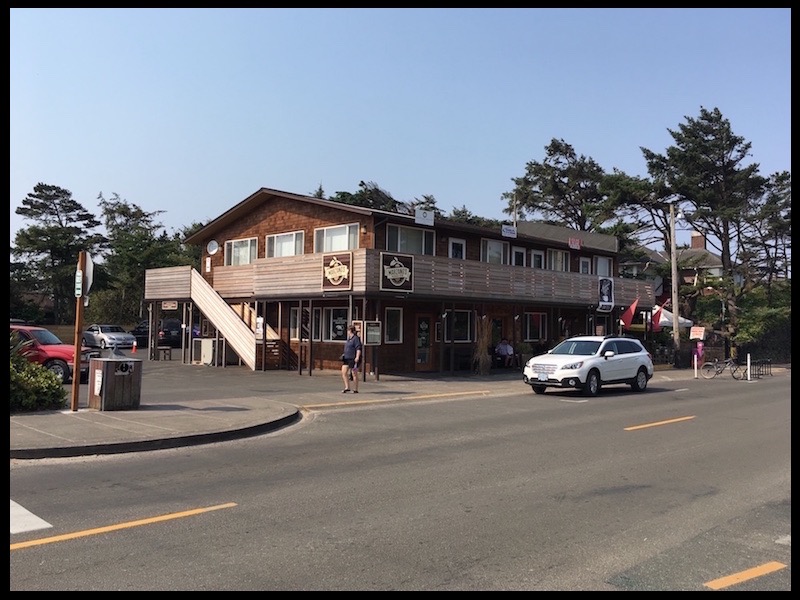Of all the sons of Moody Bedel Lovewell who roamed the West between 1850 and 1900, the most mysterious may be Solomon Lovewell.
One of the earliest historical records for Solomon comes from the annals of Ringgold County, Iowa, where he was listed among the first few dozen settlers casting ballots to select county officers in 1855. Because of family researcher Rhoda Lovewell’s recent investigations, we know that Solomon had married a young girl named Eliza by 1856, and that the two jointly owned a parcel of land in Ringgold County.
The 1860 census finds Eliza living with a family named Shafer, probably her married sister’s household, her own husband evidently having joined the ranks of hopeful prospctors eager to strike it rich at Pikes Peak. By 1861 Eliza had given up waiting for her footloose spouse to return, marrying a local blacksmith and moving to a nearby county. By then Solomon had long since abandoned Pikes Peak and moved on to Washington Territory, where he married a young woman from Missouri named Lucinda Clanton at Walla Walla in the early 1860’s.
In the 1880 census of Clark County the couple are the parents of six girls and one boy, two-year-old James, who would drown at a young age. Some genealogies give the couple nine children in all, including one more boy who evidently did not live to adulthood. Solomon filed a Homestead claim in Clark County, Washington Territory, near La Center, receiving title to the land in 1882, not long before hauling his family to Tillamook County, Oregon.
World traveler and dogged Lovewell sleuth Phil Thornton toured Solomon’s environs at Manzanita a few weeks back and provided not only a photo of the magnificent headland, a much-photographed local landmark, but a view of the shoreline from its summit. He also found an entry in a recent book on Manzanita history, which gives the year of Solomon’s arrival as 1888, when he claimed a “160-plus acres of coastline property south of the mountain in what is present-day Manzanita and Nehalem Bay State Park.”

Although the year 1888 may appear on some of Solomon’s paperwork, he had obviously arrived a few years before that. An item in a Clark County paper in 1885 announcing the nuptials of Solomon’s daughter Lucretia, refers to the bride as a former resident, one who was then living in Tillamook County, which is where Thomas Lovewell visited Solomon a year later. We know that Solomon had made a living as a teamster back in Washington Territory, while dabbling as a prospector. We have no reason to think he ever found gold, but he did strike beeswax at Manzanita, a cargo deposited many decades earlier by a Spanish ship that had been dashed to pieces just offshore. He had to be living near Manzanita by 1886, because that year he gave Thomas a sample of beeswax as a conversation starter for the folks back home at White Rock.
The one picture positively identified as an image of Solomon Lovewell doesn’t come from his descendants, but from Thomas’s. Perhaps around the time Thomas posed for a photograph with his daughter Julia (a.k.a. Julany), he traded likenesses with his last remaining brother, who sat for the portrait with Lucinda standing beside him. Lucinda, who, like Solomon's first wife Eliza, was a dozen years younger than her husband, died in 1898 at the age of 58. Solomon lived to be 84, spending the years between Lucinda’s death and his own in 1912, residing at Washington, Oregon, with his daughter Martha and her husband Cornelius Blaser.
Earlier I called Solomon “mysterious,” which might make him sound interesting without meaning to. The fact is we simply don’t know whether he led a particularly interesting life or not. Although he might have been a teamster for the Army at Fort Vancouver as an independent contractor, he did not enlist, leaving a paperwork vaccum around his life. Unlike the millions of men of his generation who served in the military, we don’t even know how tall Solomon was, what he weighed in his prime, or what color his eyes were.
One of the chief sources for intimate details about Thomas Lovewell’s family is the investigation that followed his widow’s application for a pension. Solomon did not qualify for a pension and left no widow. We don’t even know exactly when he left Iowa or why. While it makes sense that he went west with his brothers Thomas and Alfred, dallying at Pikes Peak before moving on to Utah Territory, then making his way alone to La Center - we simply don’t know how he got there, or when. There are conflicting ideas even about the year of his birth and the year he died (the latter event may have occurred as late as 1917).

While he was in the area Phil snapped a picture of Manzanita Coffee, a business near the lots which the pioneer settler owned in the seaside town on the Oregon coast. If you’re ever there, stop by and hoist a steaming cup to Solomon, the Lovewell we hardly know.